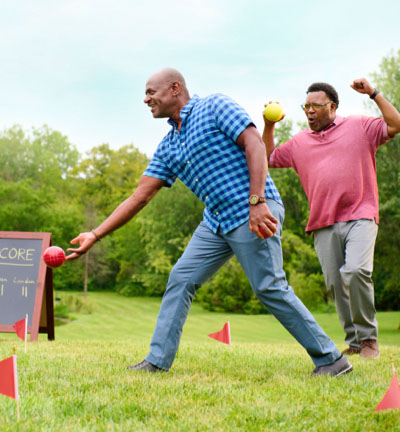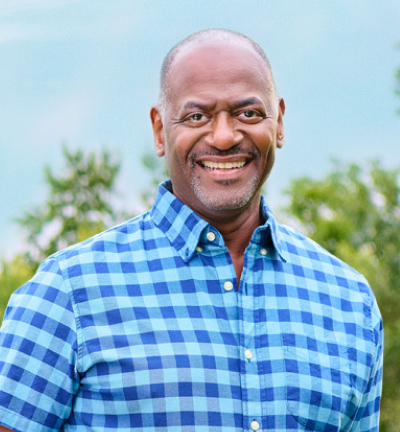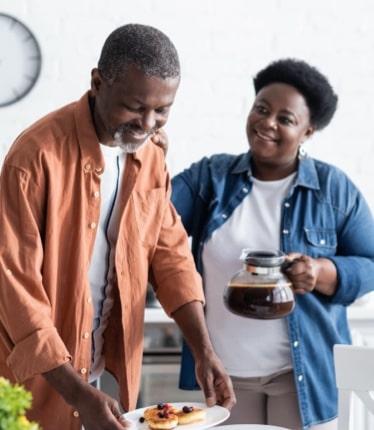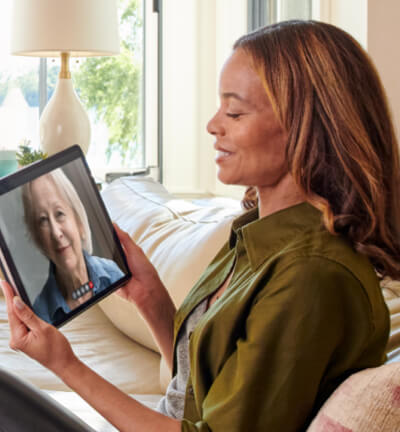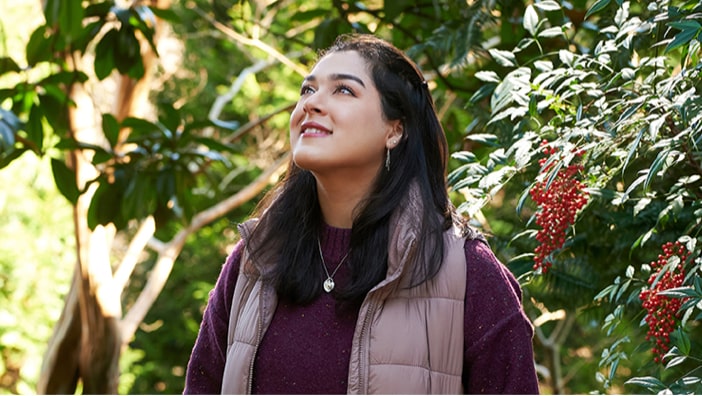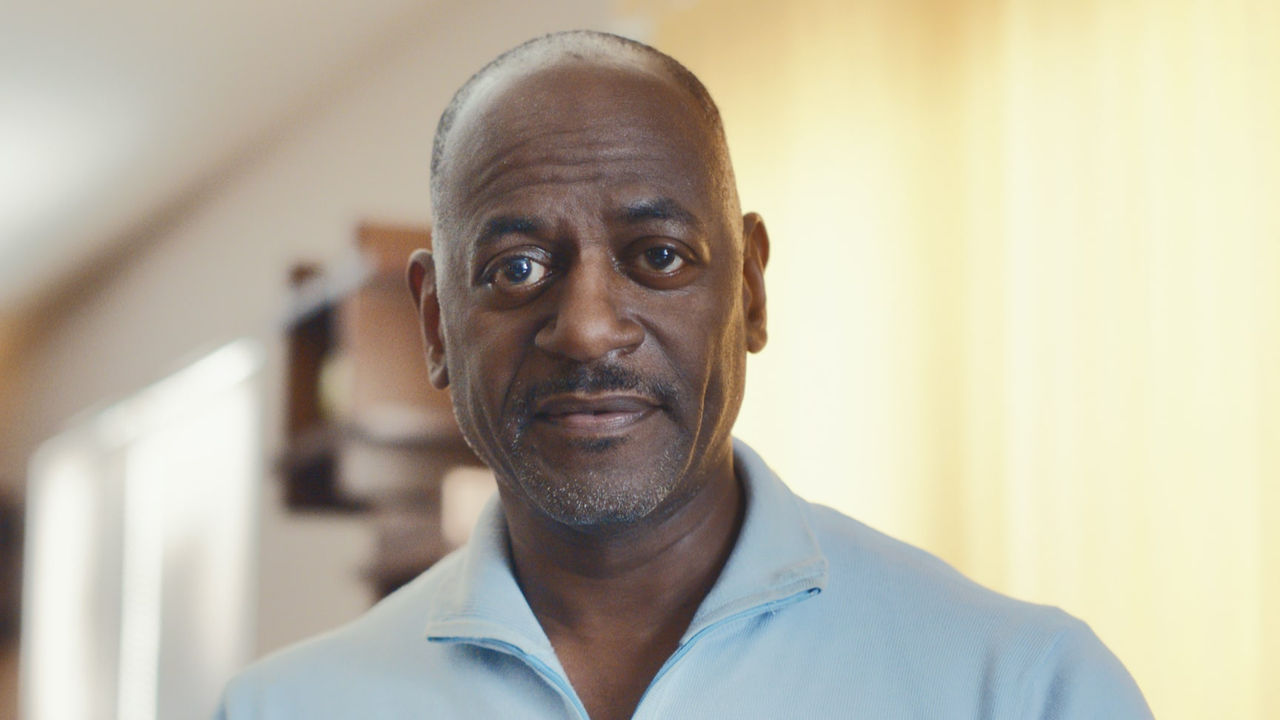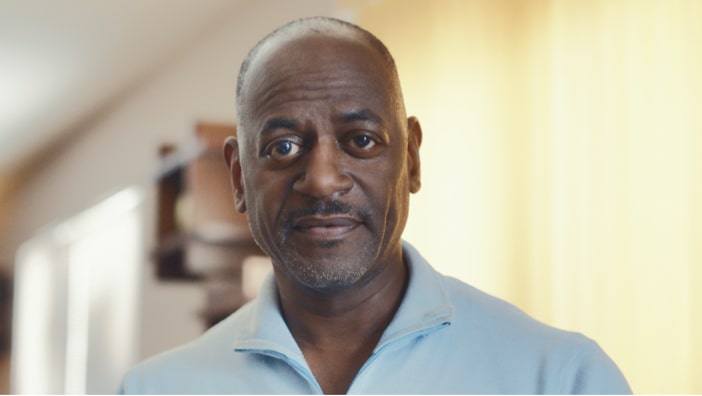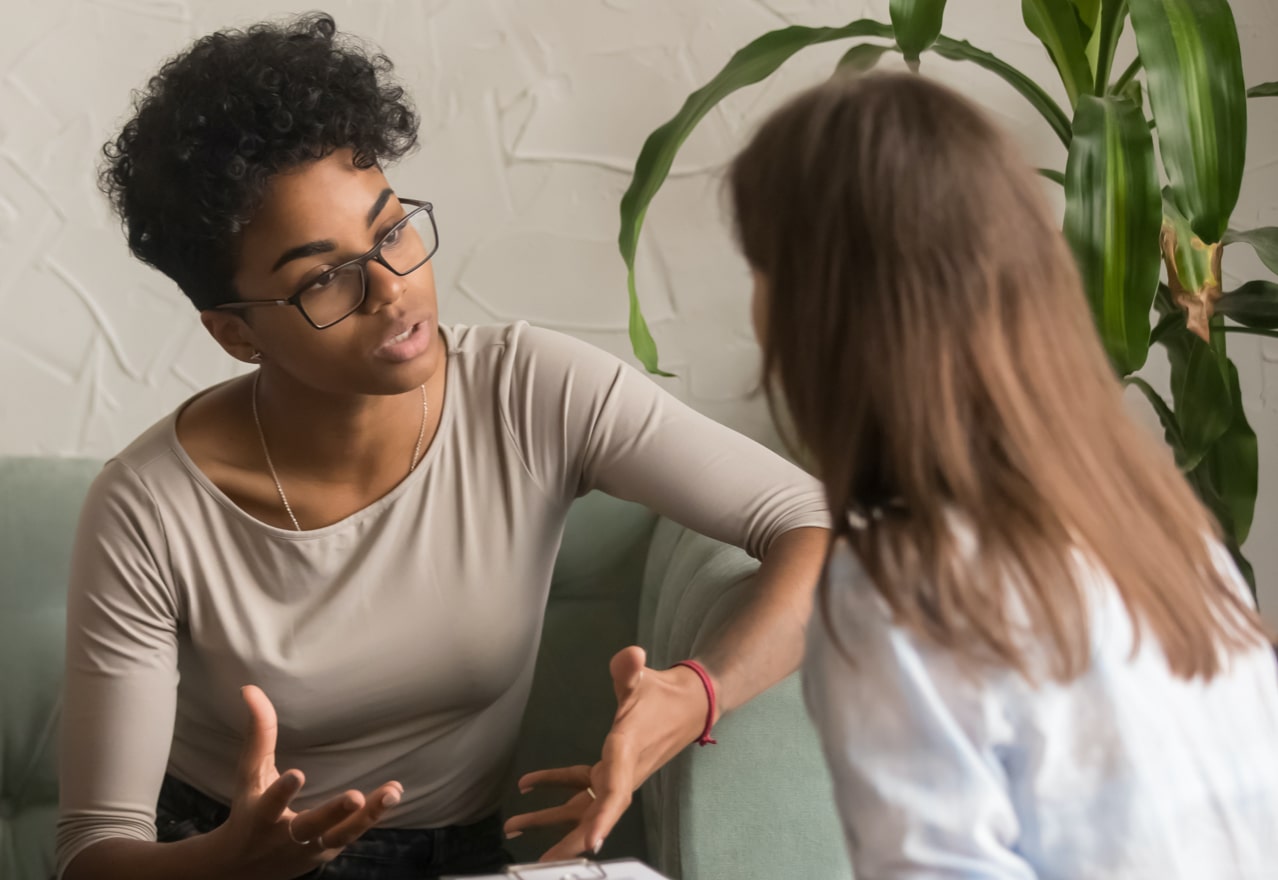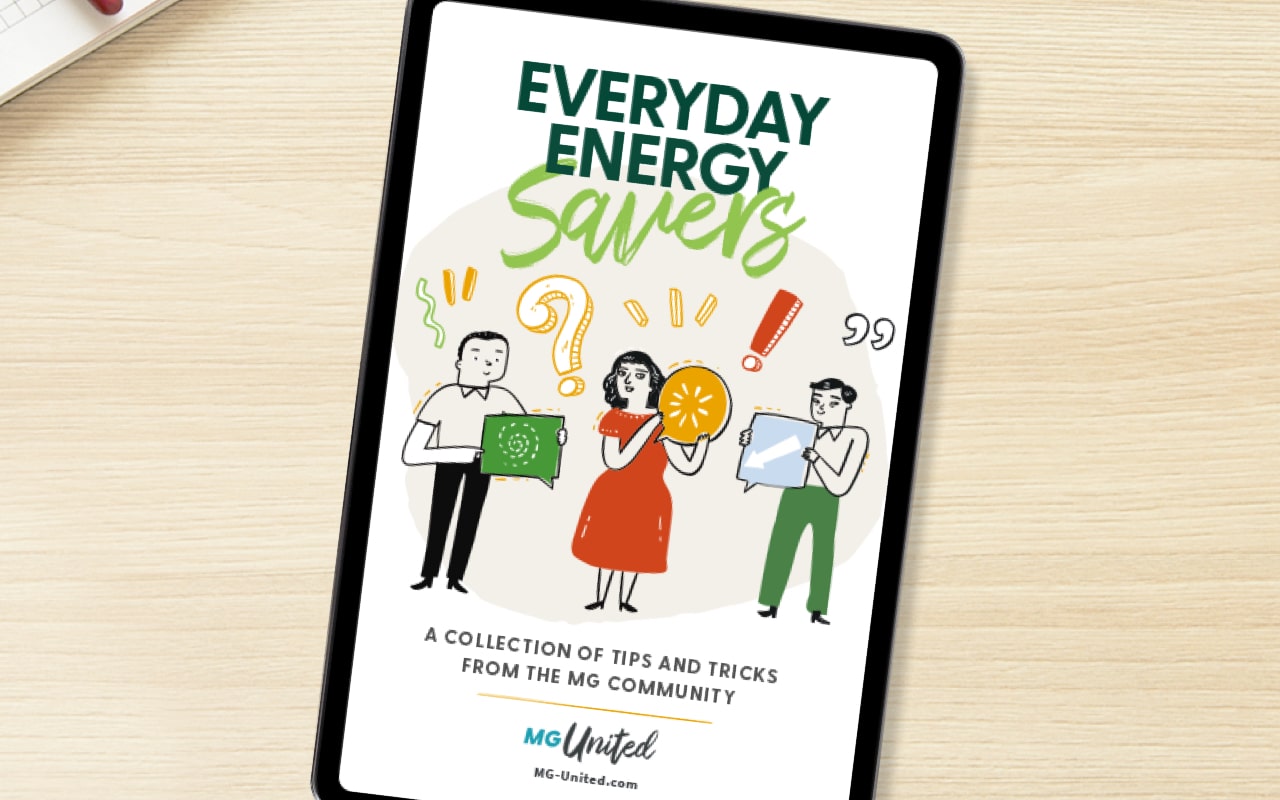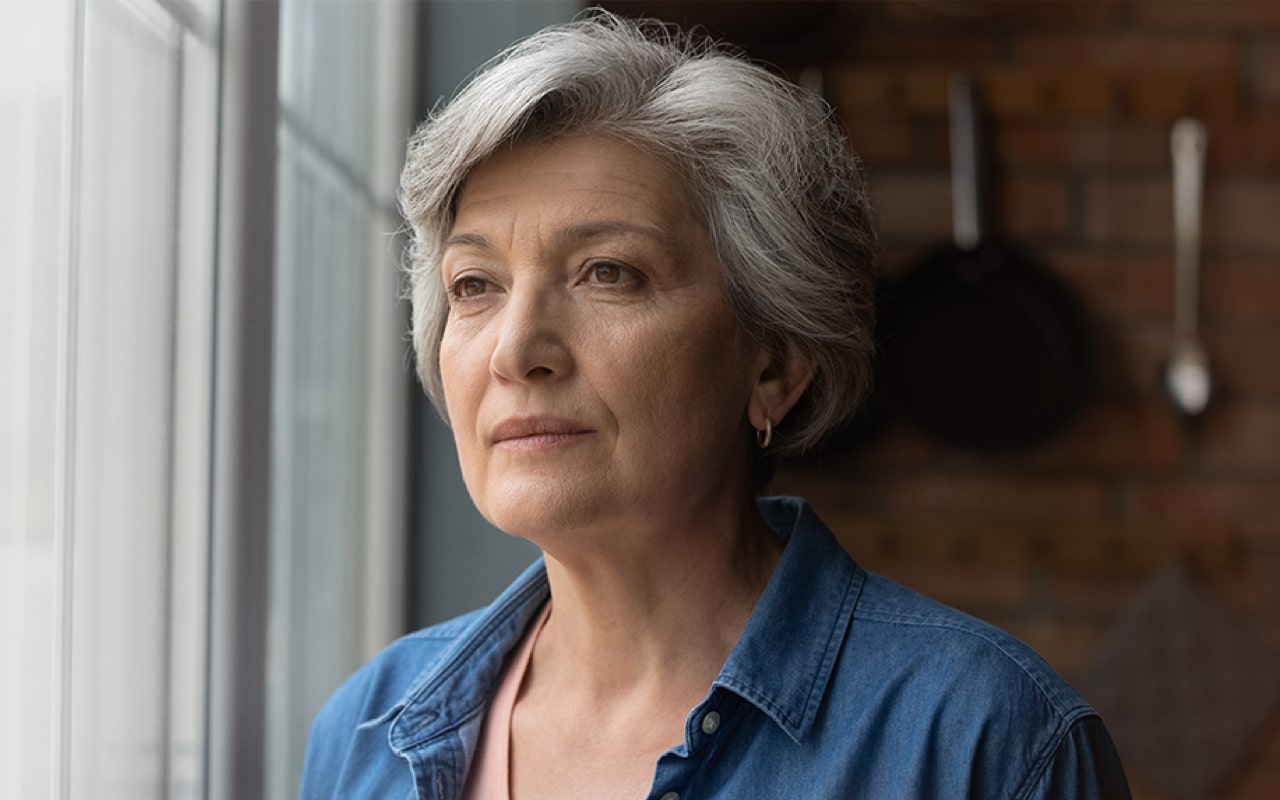Learn some ways to identify and communicate social boundaries while living with myasthenia gravis.
From a dinner party with friends to a date night with someone new, there are many interactions that can make up a social life. These interactions may involve going out or staying in, a large group or a tight-knit circle. Regardless, socializing can look different for everyone—and when you’re living with myasthenia gravis (MG), that may be especially true.
It’s understandable how myasthenia gravis may potentially impact social plans. Sometimes, it might feel challenging to put energy toward a friendly outing when much of that energy is already going toward basic daily routines. But there are resources to help you manage, like these everyday energy-saving lifestyle tips and the discussion guide below on setting social boundaries.
All in all, MG does not necessarily need to hinder your social life—and there are many tips that can help support setting and communicating boundaries. Two MG community members, Caitlin* and Bryan,* have adopted several tactics to help manage their social lives, and they’ve shared their experiences and learnings below.
Balancing a Social Life with MG
Caitlin was diagnosed with MG as she finished up nursing school during the COVID-19 pandemic. But she didn’t let the disease stop her from eventually moving to a new city on her own and building new relationships.
“Those first few months after moving, I didn’t really know many people. But that pushed me to do more outside of my house,” she said. “I found some roommates, which became a great point of contact for me, and I started making a lot more friends.”
One way Caitlin met new people was by pursuing activities that didn’t require too much physical exertion, like gardening. “I would just talk to [other gardeners] about plants and ended up making a lot of friends, getting tips and tricks from them for something that’s a low-impact activity,” she said.
Bryan, an athlete at heart who has been living with myasthenia gravis for 30 years, cited his girlfriend as a key supporter and part of his social life. “She definitely tries to keep me grounded,” he said, noting that she understands when an outing might be too much for him but also encourages him to find healthy ways to get out and be active. For instance, the couple will occasionally go on evening walks but only around the block if that’s all Bryan feels he can handle.
“She’s just phenomenal,” Bryan said of his girlfriend. “Whatever I need, she is there for me.”
Caitlin and Bryan both referenced how helpful it is in social situations to lean on loved ones who understand what MG entails. However, they also shared times when people in their lives didn't seem to “get it.” Being up front with family and close friends about MG may help alleviate awkward social situations later. A key step before you start such a discussion is to identify any social boundaries that you need to put in place.
I definitely set boundaries now, but I still have fun.
Setting and Communicating Boundaries
In addition to her newfound social circle, Caitlin mentioned a few close friends she’s had for years who are very mindful of her limitations from MG. “They know how I was before and they know how I am now,” she said. This has helped her set the boundary of acknowledging if she needs to take a step back, like she did when a flare-up interrupted her time at a friend’s bachelorette party.
“We were in Palm Springs, so it was really hot and I started feeling run-down,” Caitlin recalled. “I noticed myself getting really tired, and that shows in my facial muscles.” The weakness in her face made it difficult for her to smile in group photos, at which point she recognized it was time to take a break. This experience reminded Caitlin that she can still engage in fun activities with her friends but shouldn’t hesitate to speak up for her needs in the moment. “I definitely set boundaries now, but I still have fun,” she said.
For Bryan, a significant change in his social life post diagnosis was his participation in sports. Playing pick-up basketball games was a common opportunity for him to get together with friends and family, but as his MG became more prevalent, he realized that wasn’t something he could do as much.
“They don’t always comprehend the severity of my MG and how it affects my life,” he said in reference to his teammates making comments about his tiredness on the court. After previously dismissing such comments, Bryan eventually set a new boundary for himself: playing less and spectating more, allowing him to stay involved with less risk to his well-being. Others may find this type of boundary effective for continuing favorite social activities—but in an adjusted way that accommodates MG.
Another potential boundary is considering the time you may need to dedicate to treatments and how that could affect your social plans. Understanding the MG treatment landscape may help your friends and family understand your specific considerations. For example, when Caitlin visits home, she’s clear with her friends and family as to when she needs to get her infusion treatment and that she’ll need the entirety of that day to rest.
Explaining Boundaries to New People in Your Life
Communicating boundaries to the people you’re close with is one thing, but opening up to new friends or acquaintances is another. For Caitlin, something that has helped her feel comfortable is remembering that others may have their own internalized challenges. This realization came when Caitlin shared her MG story with one of her new roommates.
“He was very open with me about his own struggles, so I didn’t feel entirely alone,” she said. “It may be different things that we’re dealing with, but I’ve found that the more open you are, the more open others are."
Deciding when to tell new people about your boundaries with MG is another personal decision. Caitlin said that when it comes to dating while living with MG, for instance, she is particularly selective about whom she tells. “Like anything in your life, you can choose who you want to share that information with,” she explained. “I kind of have to get to know who they are first.”
Bryan went through a similar thought process when he started dating his girlfriend and ultimately ended up telling her a couple of months into the relationship. “When I knew [the relationship] was getting more serious, I had to tell her about some of these critical issues I can’t control,” he shared.
If you don’t feel ready to tell someone about your myasthenia gravis but still need to communicate your social boundaries, there are ways to do so without getting into detail about the disease. From Caitlin’s experiences, she has learned when she doesn’t need to share every detail. “Sometimes I can’t do things, and I’m okay saying I feel really weak today and that I struggle with a chronic illness,” she said. “It doesn’t always have to be a sit-down conversation. It can be very casual.”
While MG may throw you for some loops in social situations, expressing boundaries in a way that feels comfortable (if you choose to discuss MG with people in your life at all) may help your friendships, relationships and overall social life. For more tips and insights on discussing MG social boundaries with others, download our discussion guide below.


